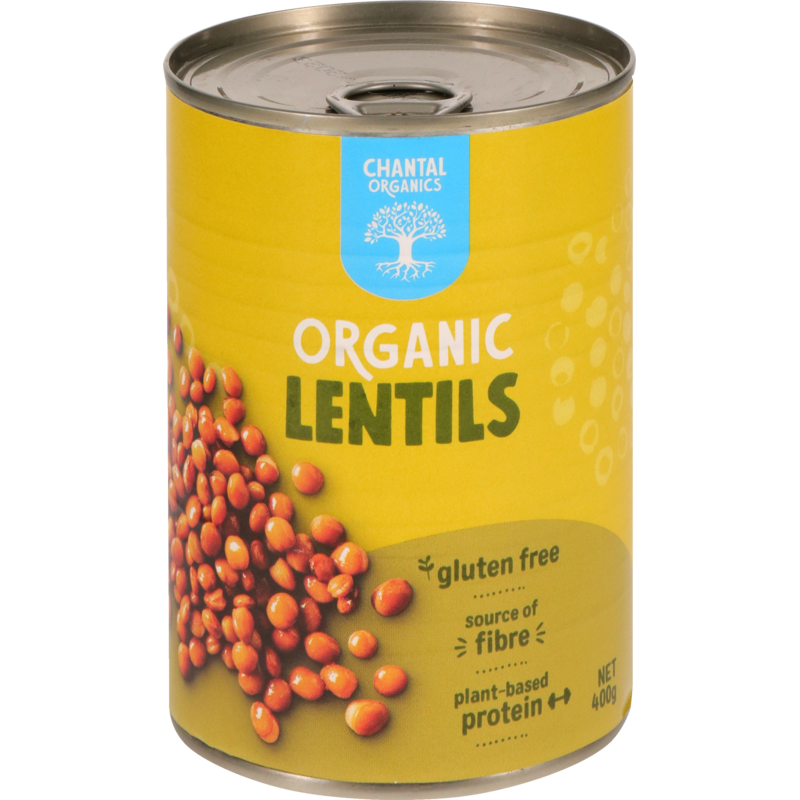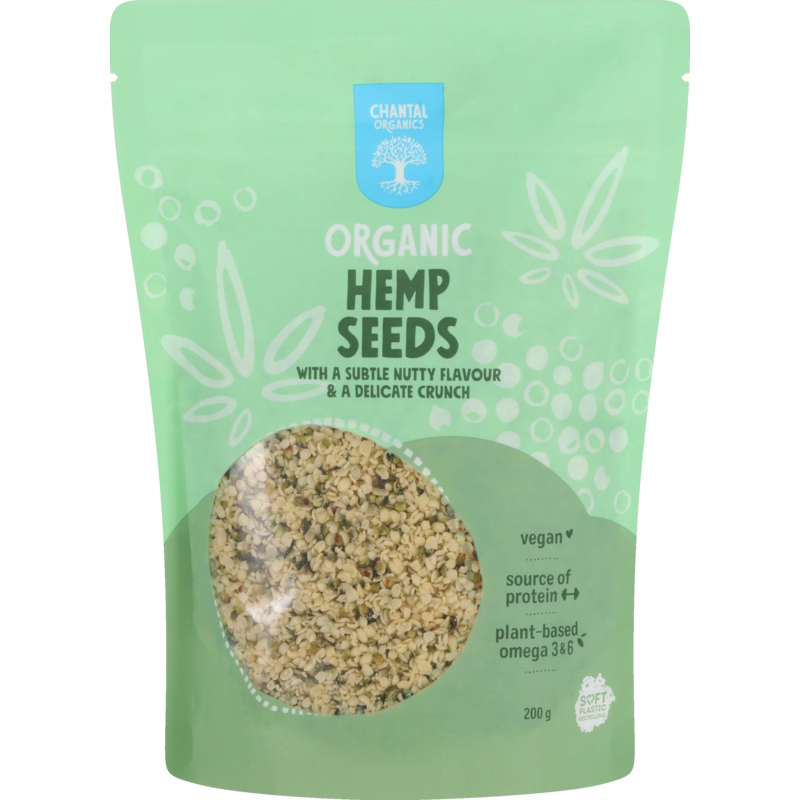
Eating fruits and vegetables that are in season, naturally supports the body’s nutritional needs and supports sustainability too.
Making a commitment to eat with the seasons, not only reconnects us to the earth but supports a sustainable lifestyle and a healthier you. As you feel more connected to the world around you, you will also feel more connected to yourself, both supporting physical and mental wellbeing.
Different varieties of fruits and vegetables thrive in different conditions and seasons. When in season they usually contain more nutrients and also taste better, which you will know from eating in season tomatoes or berries. Learn more about the benefits of eating seasonally and what to eat this autumn.
3 Reasons To Eat With The Seasons
1. In season produce contains more nutrients.
Seasonal fruits and vegetables that naturally ripen in the sun contain more nutrients, antioxidants and phytonutrients. Once harvested, produce loses nutritional value the longer it is stored or transported. Therefore, eating locally grown, seasonal produce that has been recently harvested is going to offer the most nutritional value.
Choosing organic produce reduces your exposure to pesticides and has shown to have higher levels of phytonutrients and antioxidants. Read more about the benefits of eating organics here.
2. Nature provides our bodies with what it needs.
It’s amazing how fresh, seasonal produce offers the minerals and vitamins that our bodies need at that particular time. During autumn, it’s important to include more vitamin C in your diet, to support the immune system as it adjusts to the cooler temperatures. Nature provides vitamin C with seasonal pumpkins, carrots, parsnips, beetroot, and the upcoming citrus.
3. Support your commitment to sustainability.
Seasonal produce thrives naturally in the correct elements, requiring less pesticides and fertilizers. Local produce has fewer food miles and supports domestic farmers and communities. This reduces environmental impact by cutting resource use for transportation and refrigeration.
Purchasing organically grown produce supports climate change (learn why here), is abundant in season and is often cheaper too.
What is in season this autumn?
Autumn brings cooler nights and a gradual decrease in temperature. While we may not like it, the following vegetables do: root vegetables thrive in the cooler weather, such as beetroot, carrots, parsnips, celeriac, fennel, onions, turnips, kumara and potatoes. Pumpkins and squash are ready to be harvested, along with broccoli, Brussel sprouts, cabbage, cauliflower, fresh herbs, and greens including kale, parsley, silverbeet, and watercress.
Although we say goodbye to berries and stone fruit, it’s lovely to see the return of these fruits in autumn: apples, feijoas, figs, kiwifruit, lemons, limes, grapefruit, mandarins, passionfruit, pears, persimmons and the last of plums.
What are the benefits?
- Carrots and pumpkin are packed full of beta-carotene, which gives them their orange colour. In the body, beta-carotene converts into vitamin A, which then supports vision and eye health and boosts the immune system.
- Pumpkin (including butternut squash) is high in vitamins C and E, along with, Zinc and other antioxidants such as lutein and zeaxanthin, all which support the immune system and nourish the skin from the inside out.
- Did you know pumpkins are also a source of tryptophan? This is an essential amino acid utilized by the body to make proteins, vitamin B, along with, neurotransmitters, serotonin, and melatonin. All which support your happiness!
- Parsnips are a delicious combo of sweet and earthy. They are loaded with Vitamin C and antioxidants which boost the immune system, along with a high content of potassium, folate, and fibre.
- Beetroot is a great source of vitamins and minerals, in particular vitamin C, folate, iron, and potassium. Beetroot is exceptionally high in dietary nitrates, which has been shown to offer numerous health benefits. It is also high in dietary fibre.
- Brussels sprouts are packed with vitamins K and C, fatty acids, and antioxidants that have been shown to fight oxidative stress that can lead to disease. They are high in fibre, and low in calories.
Autumn recipes to boost your nutritional intake.
As the body prepares for winter, you may crave warmer dishes instead of raw dishes. Lightly sautéing, or cooking produce gives the digestion system a rest after the summer. Here are a few seasonal recipes to get you inspired.
- First up, is our team’s favourite recipe plant-based savoury crumble, filled with pumpkin and lentils. You can replace the kumara with carrots if you prefer or have them on hand.
- Dial up your nutrition with these unique squash recipes: Whole Maple Roast Squash and Stuffed Butternut Squash.
- With the cooler weather approaching, soup will find its way back onto the menu. Try these immune boosting recipes: Moroccan Harira Lentil Soup, Pumpkin Dahl or Herby Butternut Soup.
- If your family likes a bit of meat alongside their healthy veggies, try this Sweet Potato Beef Lasagne or Chicken and Chickpea Traybake.
- Add seasonal veggies to this Beef & Beans Hotpot. Beans are packed with plant-based protein, fibre, and prebiotics. Learn more about prebiotics and how they support the immune system in our blog.
Eating seasonal packs a punch of health benefits, while reducing the load on your grocery bill. Seasonal vegetables are easy to find once you know what to look for. Now that you know, keep an eye out at your local farmers market, produce shop, and even the supermarket.
To receive monthly recipes and sustainable living inspiration directly to your inbox, sign up to our newsletter at the bottom of this page.
PRODUCTS MENTIONED







